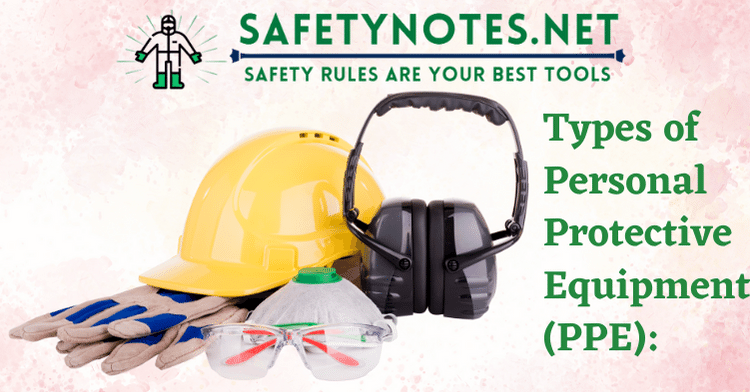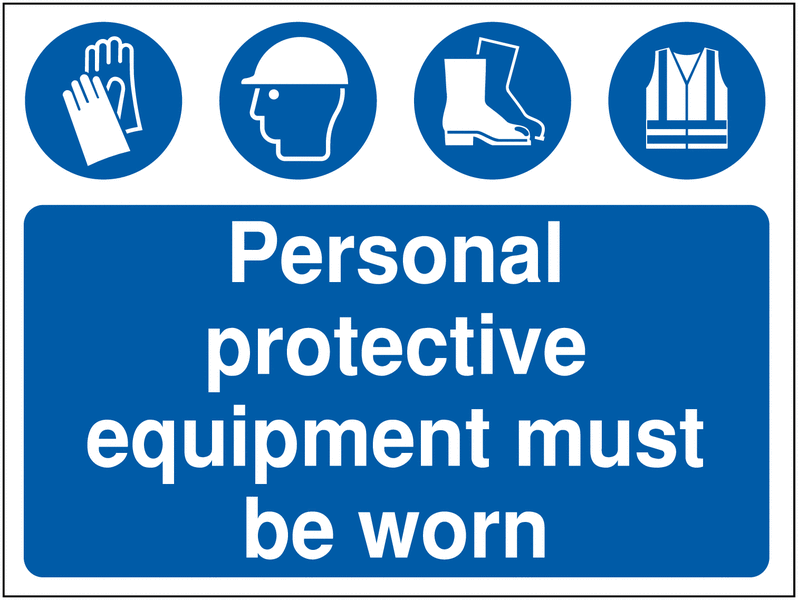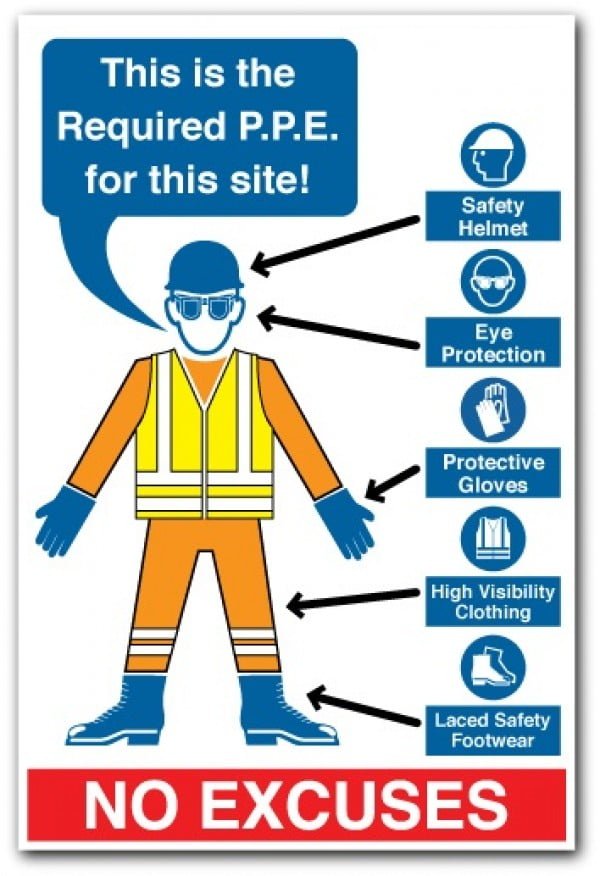
Personal Protective Equipment (PPE) plays a vital role in safeguarding workers from various occupational hazards. In hazardous environments, PPE acts as the last line of defense, protecting workers from potential injuries and health risks. This article explores different types of PPE, their specific uses, and the importance of their proper maintenance.
Types of Personal Protective Equipment
1. Safety Helmet: Shielding the Skull
A safety helmet is an essential piece of PPE designed to protect the head from falling objects, impact, and electrical hazards. It is a must-have for workers in construction, mining, and manufacturing industries where the risk of head injuries is high.
2. Goggles: Safeguarding the Eyes
Goggles provide eye protection against dust, chemical splashes, and other airborne particles. They are crucial in industries such as laboratories, carpentry, and chemical handling, where potential eye injuries are prevalent.
3. Coverall (Normal and Disposable): Full-Body Protection
Coveralls are protective garments that shield the entire body from hazardous substances. Normal coveralls are reusable, while disposable ones are for one-time use. These are commonly used in chemical plants, laboratories, and healthcare settings.
4. Safety Shoes: Guarding the Feet
Safety shoes are specifically designed to protect feet from impact, punctures, and electrical hazards. They are essential for workers in construction, manufacturing, and heavy industries.
5. Mask (Dust, Cartridge, and Canister): Respiratory Defense
Masks come in various forms, including dust masks, cartridge masks, and canister masks, and are intended to protect the respiratory system from harmful particles and gases. They are crucial in environments with high levels of dust, fumes, or toxic substances.
6. Hand Gloves (Rubber, Cotton, Leather, and Welding Gloves): Hand Protection
Hand gloves offer protection against chemical exposure, cuts, and burns. Different types of gloves are available, including rubber, cotton, leather, and welding gloves, each suited for specific tasks.
7. Ear Plugs and Muffs: Preserving Hearing Health
Ear plugs and muffs are used to reduce exposure to loud noises in industrial settings. They are vital for preventing hearing loss and maintaining auditory health.
8. Safety Harness: Preventing Falls
A safety harness is a crucial PPE for workers who perform tasks at heights. It prevents falls and ensures the safety of workers in construction, maintenance, and window cleaning industries.
9. Welding Apron: Shielding from Sparks and Heat
Welding aprons provide protection from sparks, heat, and molten metal splashes. They are essential for welders and workers engaged in metalwork.
10. Face Shield (Normal and Welding): Facial Protection
Face shields offer additional protection to the face and eyes from flying debris, chemical splashes, and intense light during welding processes.
11. Blasting Hood: Protection During Blasting Operations
Blasting hoods provide complete coverage for the head and neck during abrasive blasting operations, safeguarding against abrasives and dust.
12. SCBA (Self-Contained Breathing Apparatus): Respiratory Protection in Hazardous Environments
SCBA is a sophisticated breathing apparatus that consists of a compressed air cylinder, full face piece, air supply hose, pressure regulator, pressure gauge, and a low-pressure alarm. It offers complete respiratory protection, allowing workers to operate in toxic or oxygen-deficient atmospheres for up to 30 minutes.
Key Features of SCBA:
- SCBA maintains slightly positive pressure to prevent contaminated air from leaking into the facepiece.
- It is primarily used in firefighting and other extreme situations where immediate respiratory protection is essential.
- An audible low-pressure alarm alerts the user to leave the hazardous atmosphere and seek fresh air.
- Proper maintenance, storage, and regular inspections are crucial to ensuring the SCBA’s reliability and performance.
13. Escape BA Set: A Short-Term Respiratory Solution
The Escape Breathing Apparatus (BA) set is a compact and lightweight version of SCBA designed for short-term use during emergencies. It provides full respiratory protection for approximately 10 minutes, enabling workers to escape hazardous environments swiftly.

Frequently Asked Questions (FAQ) about Personal Protective Equipment (PPE)
1. What is the role of Personal Protective Equipment (PPE) in the workplace?
Personal Protective Equipment (PPE) plays a vital role in safeguarding workers from various occupational hazards. It acts as the last line of defense, protecting workers from potential injuries and health risks in hazardous environments.
2. What is the importance of using a Safety Helmet?
A Safety Helmet is an essential piece of PPE designed to protect the head from falling objects, impact, and electrical hazards. It is a must-have for workers in construction, mining, and manufacturing industries where the risk of head injuries is high.
3. How do Goggles protect workers?
Goggles provide eye protection against dust, chemical splashes, and other airborne particles. They are crucial in industries such as laboratories, carpentry, and chemical handling, where potential eye injuries are prevalent.
4. What are Coveralls used for?
Coveralls are protective garments that shield the entire body from hazardous substances. Normal coveralls are reusable, while disposable ones are for one-time use. These are commonly used in chemical plants, laboratories, and healthcare settings.
5. Why are Safety Shoes important in certain industries?
Safety shoes are specifically designed to protect feet from impact, punctures, and electrical hazards. They are essential for workers in construction, manufacturing, and heavy industries.
6. What are the different types of Masks used for respiratory defense?
Masks come in various forms, including dust masks, cartridge masks, and canister masks, and are intended to protect the respiratory system from harmful particles and gases. They are crucial in environments with high levels of dust, fumes, or toxic substances.
7. How do Hand Gloves provide protection to workers?
Hand gloves offer protection against chemical exposure, cuts, and burns. Different types of gloves are available, including rubber, cotton, leather, and welding gloves, each suited for specific tasks.
8. What is the purpose of Ear Plugs and Muffs?
Ear plugs and muffs are used to reduce exposure to loud noises in industrial settings. They are vital for preventing hearing loss and maintaining auditory health.
9. How does a Safety Harness prevent falls?
A safety harness is a crucial PPE for workers who perform tasks at heights. It prevents falls and ensures the safety of workers in construction, maintenance, and window cleaning industries.
10. Why are Face Shields used?
Face shields offer additional protection to the face and eyes from flying debris, chemical splashes, and intense light during welding processes.


This comment has been removed by a blog administrator.